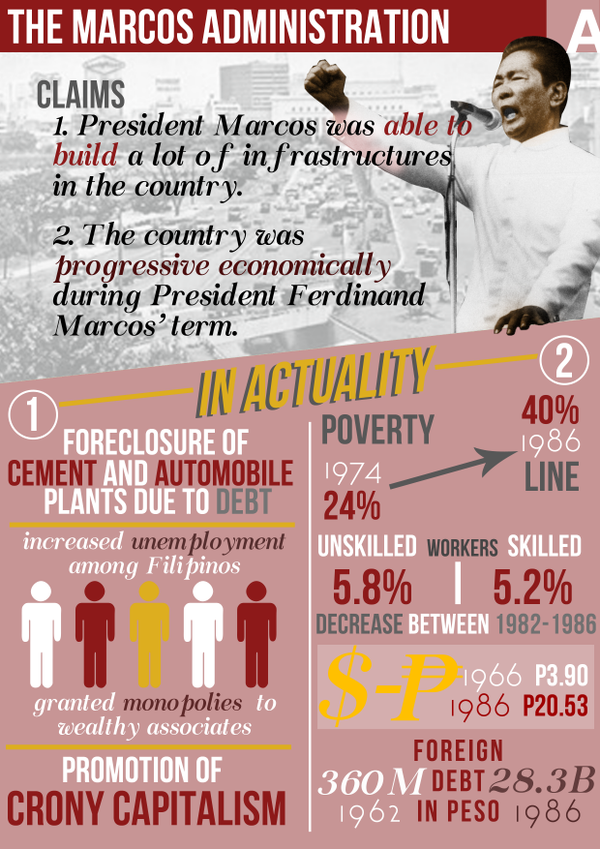The Worldwide Journey And Growth Of Martial Arts Throughout History
The Worldwide Journey And Growth Of Martial Arts Throughout History
Blog Article
Content By-Hess TRUE
Martial arts have an interesting background that covers centuries and continents. You might locate it interesting just how old techniques like Shuai Jiao and Kalaripayattu prepared for modern battle strategies. These disciplines not just highlight physical abilities but also show the cultures that birthed them. As you explore their advancement, take into consideration how globalization has changed these traditional types into hybrid styles. What influences do you believe have shaped today's martial arts landscape?
Ancient Martial arts: The Foundations of Combat
As you look into the world of ancient martial arts, you'll discover the abundant foundations that formed fight strategies across societies. Early methods concentrated on Self-Defense and survival, commonly including strikes, hurting, and weapons.
In ancient China, for example, techniques like Shuai Jiao emphasized throws and joint locks, while India's Kalaripayattu showcased dexterity and liquid activity. Japanese samurai established Kenjutsu, a polished swordsmanship that highlighted technique and method.
kajukenbo martial arts offered not just for fight but likewise as a way of personal growth, instilling worths like respect and perseverance. The blending of these methods gradually prepared for the varied martial arts you see today, each reflecting the unique ideologies and requirements of its society.
The Social Influence on Martial Arts Growth
While martial arts usually mirror the functional requirements of a culture, they also personify the cultural worths and ideas of their beginnings. When you explore different martial arts, you'll observe how they're affected by faith, ideology, and social norms.
As an example, the emphasis on respect and self-control in Japanese martial arts stems from Zen Buddhism and samurai society. In contrast, Brazilian Jiu-Jitsu advertises flexibility and method, formed by the requirement for efficiency in a diverse, modern environment.
You could discover that the rituals, attires, and training approaches reflect a neighborhood's background and identity. By recognizing these cultural influences, you strengthen your appreciation of martial arts and their role fit human experiences around the world.
Modern Adaptations and the Globalization of Martial arts
Martial arts have changed considerably in current years, adapting to modern culture and international impacts. You'll notice that conventional forms have blended with contemporary methods, creating hybrid styles like MMA. These adaptations satisfy diverse target markets, making martial arts obtainable and enticing globally.
With the increase of social media and electronic platforms, you can discover tutorials and competitions from all edges of the globe, damaging geographical barriers. This globalization has brought about a common recognition for different techniques, from Brazilian Jiu-Jitsu to Taekwondo.
As you involve with these arts, you'll recognize they're not just about fight; they promote physical fitness, discipline, and psychological health.
Eventually, modern-day adaptations have actually improved the martial arts landscape, making it a vibrant and advancing method.
Conclusion
In exploring the history and evolution of martial arts, you uncover a fascinating mix of strategies, cultures, and philosophies. From old self-controls like Shuai Jiao and Kalaripayattu to the modern-day adaptability seen in MMA, martial arts reflect humanity's pursuit for Self-Defense and personal development. As https://www.thephuketnews.com/panipak-makes-taekwondo-history-in-eternal-city-88531.php involve with these practices, you not only gain abilities but additionally a much deeper gratitude for the varied customs that shape our world today. So, continue your journey and accept the art of combat!
